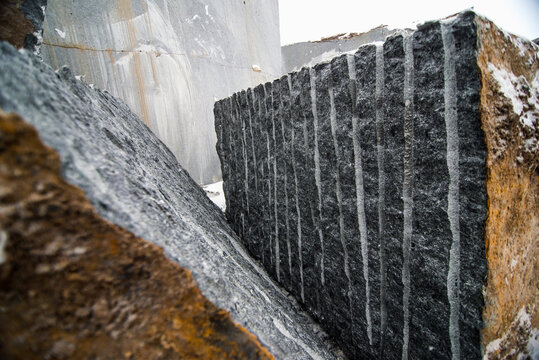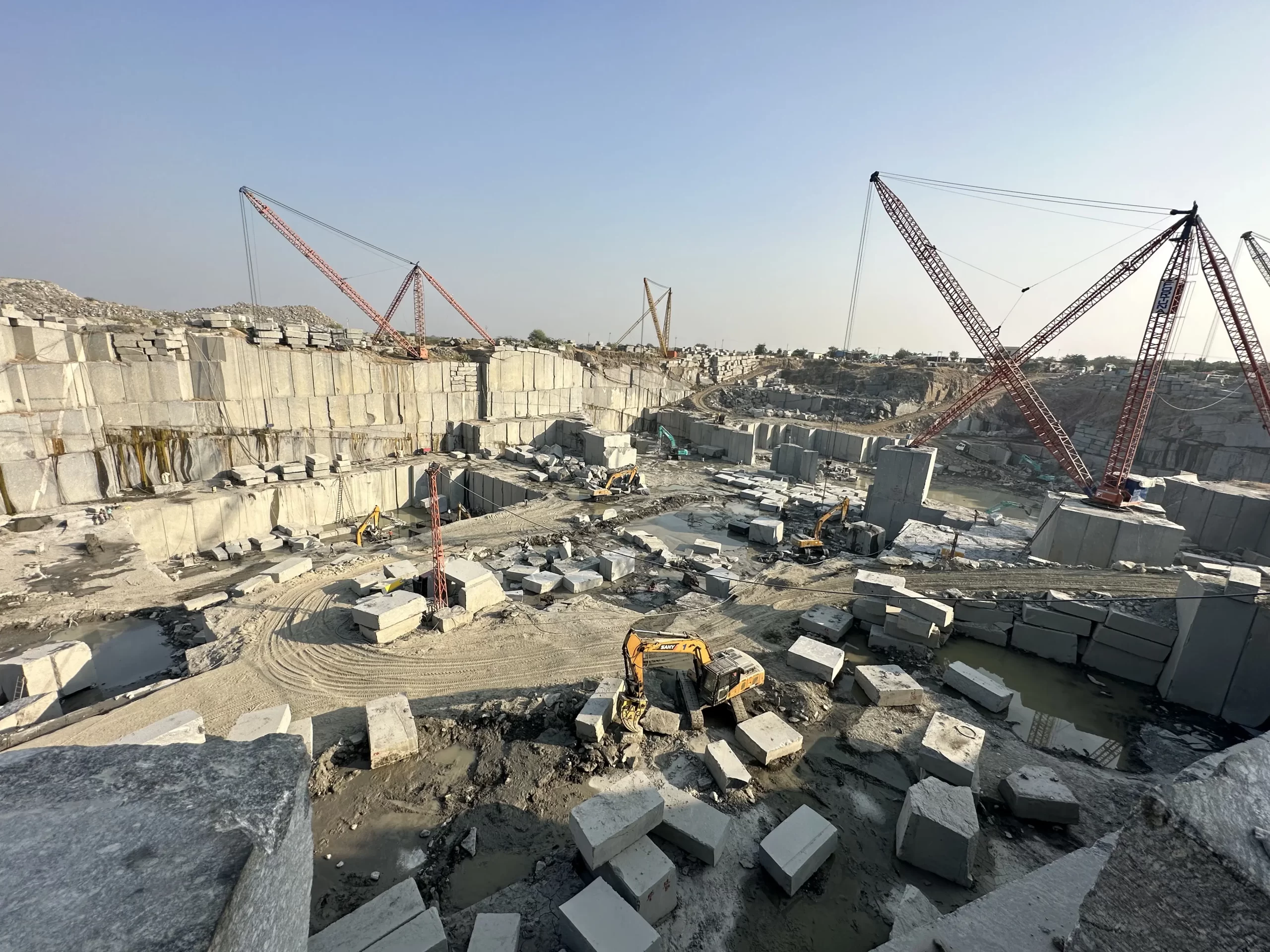Journeying With Granite Quarries in South Africa: A Visual Odyssey
Journeying With Granite Quarries in South Africa: A Visual Odyssey
Blog Article
Unveiling the Mysteries of Granite Quarrying: Where Toughness and Beauty Meet
The world of granite quarrying is a world where the raw toughness of nature assembles with human artistry to produce structures that stand the examination of time with an air of elegance. From the depths of quarries to the precise sprucing up in workshops, the process of changing granite right into architectural wonders is an intricate dance of practice and technology. As we peer right into the depths of this old craft, we start to reveal the surprise details that form the really significance of our built setting.
The Origins of Granite Quarrying
In the annals of building background, the origins of granite quarrying are shrouded in a tapestry of ancient craftsmanship and geological marvels. Going back to old Egypt and Mesopotamia, the extraction of granite from quarries marked the start of a trip that would ultimately result in the development of some of the globe's most legendary structures.
Granite quarrying's origins can be traced to the proficient craftsmens who acknowledged the stone's durability and aesthetic allure. With a mix of primitive devices and sheer decision, these very early quarry employees uncovered granite blocks that would certainly come to be the foundation of civilizations.
As human beings evolved, so did the methods of quarrying granite. The Romans, renowned for their design prowess, developed sophisticated techniques for removing granite to construct monuments, temples, and roads that stood the examination of time.
The legacy of these ancient quarrying practices continues to shape modern-day architecture, with granite continuing to be a symbol of strength and style in building projects around the world. (granite quarries in south africa)
Tools of the Quarrying Trade
The evolution of granite quarrying techniques from ancient human beings to modern times highlights the vital role played by the devices of the quarrying sell shaping the sector's methods. In old times, quarrying devices were simple, typically consisting of chisels, hammers, and wedges made from products like bronze or iron. These devices required considerable manpower and time to extract granite blocks from quarries.

In addition, the introduction of pneumatic tools and high-powered equipment has actually significantly lowered the physical labor required in quarrying operations, boosting worker safety and efficiency. As the quarrying industry remains to innovate, the devices of the profession stay at the forefront of driving progression and forming the future of granite extraction.
Extracting Blocks of Granite
Making use of accuracy equipment and advanced techniques, the removal of granite obstructs from quarries has come to be an advanced process in the modern quarrying sector. The preliminary action entails determining the location and dimension of the granite deposit to identify the most efficient removal technique. When a suitable website is chosen, the removal procedure begins with the exploration of holes for the positioning of explosives. Regulated blowing up techniques are after that used to break apart the granite into convenient areas.

Sprucing Up and Completing Techniques
To attain a perfect surface on granite blocks, skilled craftsmens use a series of precise sprucing up and ending from this source up methods. After the preliminary removal and shaping processes, the granite blocks More about the author go through a complete polishing phase to improve their natural elegance and resilience. One common approach made use of in polishing granite is diamond abrasion, where commercial rubies are used to grind and polish the rock to a smooth finish. This process not only develops a lustrous surface yet additionally guarantees harmony in shade and texture throughout the granite block.
In addition to sprucing up, finishing strategies are used to additional refine the granite's appearance. By very carefully choosing and applying these brightening and completing strategies, craftsmens can change raw granite obstructs right into beautiful items that display both strength and beauty.

Ecological Effect and Sustainability
With the expanding focus on environmental consciousness in the sector, granite quarrying practices are progressively inspected for their effect on natural sources and long-lasting sustainability. Furthermore, the transportation of granite from quarries to refining centers creates carbon exhausts, better contributing to environmental destruction.
To mitigate these effects and ensure sustainability in granite quarrying, sector stakeholders are adopting different steps. Applying advanced technologies to lower power intake and water usage, reclaiming quarried land for environmental reconstruction, and promoting accountable sourcing practices are some approaches being used. Qualifications such as the Woodland Stewardship Council (FSC) and the Management in Energy and Environmental Design (LEED) help customers recognize environmentally friendly granite products.
Final Thought
To conclude, granite quarrying is a process that requires specialized tools and methods to extract blocks of granite and polish them to a high level of coating. While the environmental influence of quarrying can be substantial, initiatives are being made visite site to enhance sustainability techniques in the market. In general, granite quarrying is a fragile equilibrium between taking advantage of the toughness and elegance of this all-natural rock while lessening its effect on the setting.
Report this page